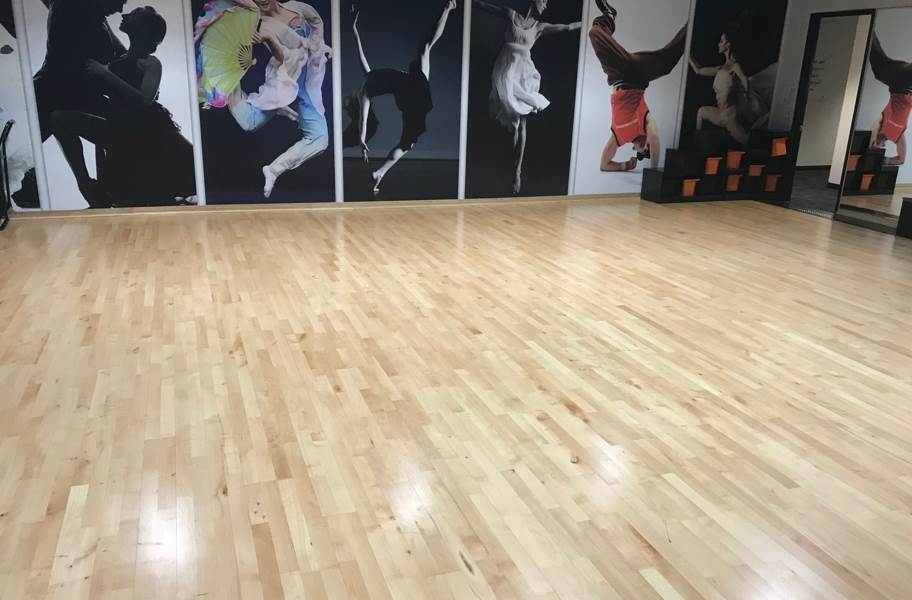Investigating the Advantages and Drawbacks of Timber and Vinyl Dance Surface Materials for Ideal Performance and Visual Appeal
When it comes to selecting the appropriate dance floor substance, timber and vinyl are two popular choices that dancers and studio proprietors often evaluate. Each substance has its own unique benefits and drawbacks that can influence execution, safety, and aesthetics. Understanding these variations is essential for making an educated choice that satisfies the needs of dancers and enhances the overall environment in a dancing studio or performance area.Timber dance floors are often preferred for their classic appearance and texture. They provide a natural surface that can take in impact, which is beneficial for dancers who execute intense actions. The elasticity of timber helps minimize the chance of harm, such as sprains and strains, by offering a supportive surface. Additionally, wood floors can be restored, enabling them to maintain their appearance over the years. This durability makes them a long-term asset for dance spaces. However, timber floors can be more costly to install and maintain compared to vinyl options, and they may need regular upkeep to avoid warping or damage from humidity.
Conversely, vinyl dancing surfaces offer a range of advantages that make them attractive to many dance studios. One of the primary benefits of vinyl is its cost-effectiveness. Vinyl flooring is generally less expensive to buy and set up than wood, making it a budget-friendly choice for spaces. Furthermore, synthetic is offered in a variety of hues and patterns, allowing for more customization to match the style of the space. Vinyl floors are also simpler to maintain and upkeep, as they are impervious to stains and water. However, some performers may discover that vinyl does not provide the equivalent level of shock cushioning as timber, which could result to discomfort during long rehearsal sessions.
Another crucial consideration to consider is the type of dance being executed. Various dancing styles may demand distinct surface materials for best execution. For instance, ballet dancers often prefer timber surfaces because they provide a stable surface for turns and jumps. In contrast, styles like urban dance or jazz may benefit from the non-slip features of vinyl. It is crucial for dance studio proprietors to take into account the main dancing styles taught in their studio when selecting a floor material. This consideration can help ensure that dancers have the best potential experience while practicing and performing.
Aesthetics also play a major part in the decision-making process. Timber surfaces are often linked with sophistication and heritage, making them a favored choice for elegant dancing spaces and performance venues. The organic texture and warmth of wood can create a welcoming atmosphere that enhances the overall experience for both dancers and audiences. On the other hand, vinyl floors can be designed to mimic the appearance of timber or other substances, offering a modern and stylish appearance. The choice between wood and vinyl can ultimately depend on the desired ambiance of the space and the impression that studio proprietors want to establish.
In summary, both timber and synthetic dancing surfaces have their own collection of benefits and drawbacks that can impact performance and aesthetics. Wood surfaces provide durability, shock absorption, and a classic look, while synthetic floors offer cost-effectiveness, ease of maintenance, and design versatility. The choice between these substances should dance floor rental for community events be determined on the particular requirements of the dancers, the types of dancing being performed, and the general vision for the studio. By thoughtfully evaluating these elements, studio owners can create an environment that enhances best execution and improves the enjoyment of dance for everyone involved.
